Sepedi Traditional Attire: A Reflection of Heritage and Identity
Sepedi Traditional Attire: A Reflection of Heritage and Identity
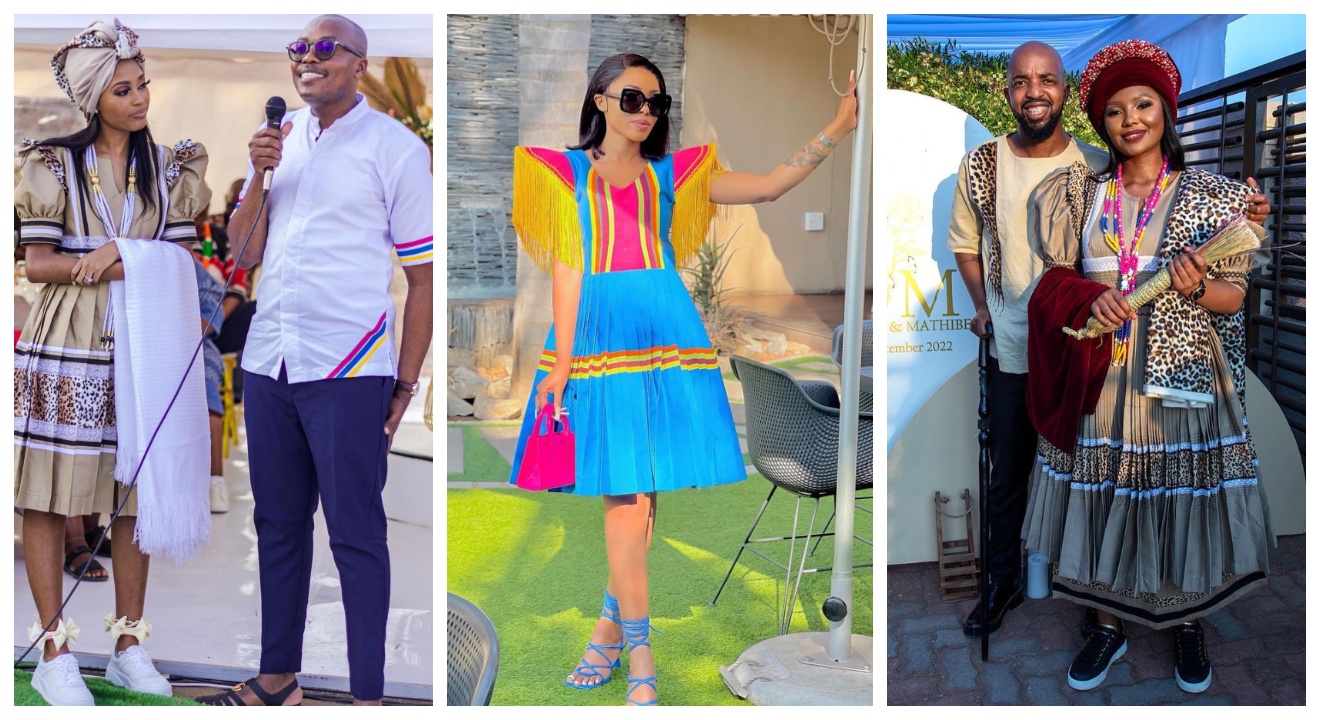
Introduction
The Sepedi traditional attire is not just a clothing choice, but a reflection of heritage and identity for the Sepedi people. It holds great significance and plays an important role in preserving their culture and promoting a sense of belonging and pride.
The significance of Sepedi Traditional Attire
The Sepedi traditional attire is deeply rooted in the rich history and traditions of the Sepedi people. It represents more than just a fashion statement; it is a symbol of cultural identity and a way for individuals to connect with their roots. Wearing traditional attire allows the Sepedi people to celebrate their heritage and showcase their unique customs and values to the world.
Preserving heritage and promoting cultural identity
By embracing and wearing the Sepedi traditional attire, the Sepedi people are actively preserving their cultural heritage. It helps to pass down traditions from one generation to another and ensures that the customs and values of their ancestors are not forgotten. Moreover, it promotes a sense of unity and pride among the Sepedi community, fostering a stronger cultural identity and appreciation for their heritage.
In conclusion, the Sepedi traditional attire holds great significance in the lives of the Sepedi people. It serves as a reflection of their rich heritage and plays a vital role in preserving their culture and promoting a sense of cultural identity and pride. Whether worn for special occasions or everyday life, the Sepedi traditional attire stands as a symbol of tradition, history, and belonging.
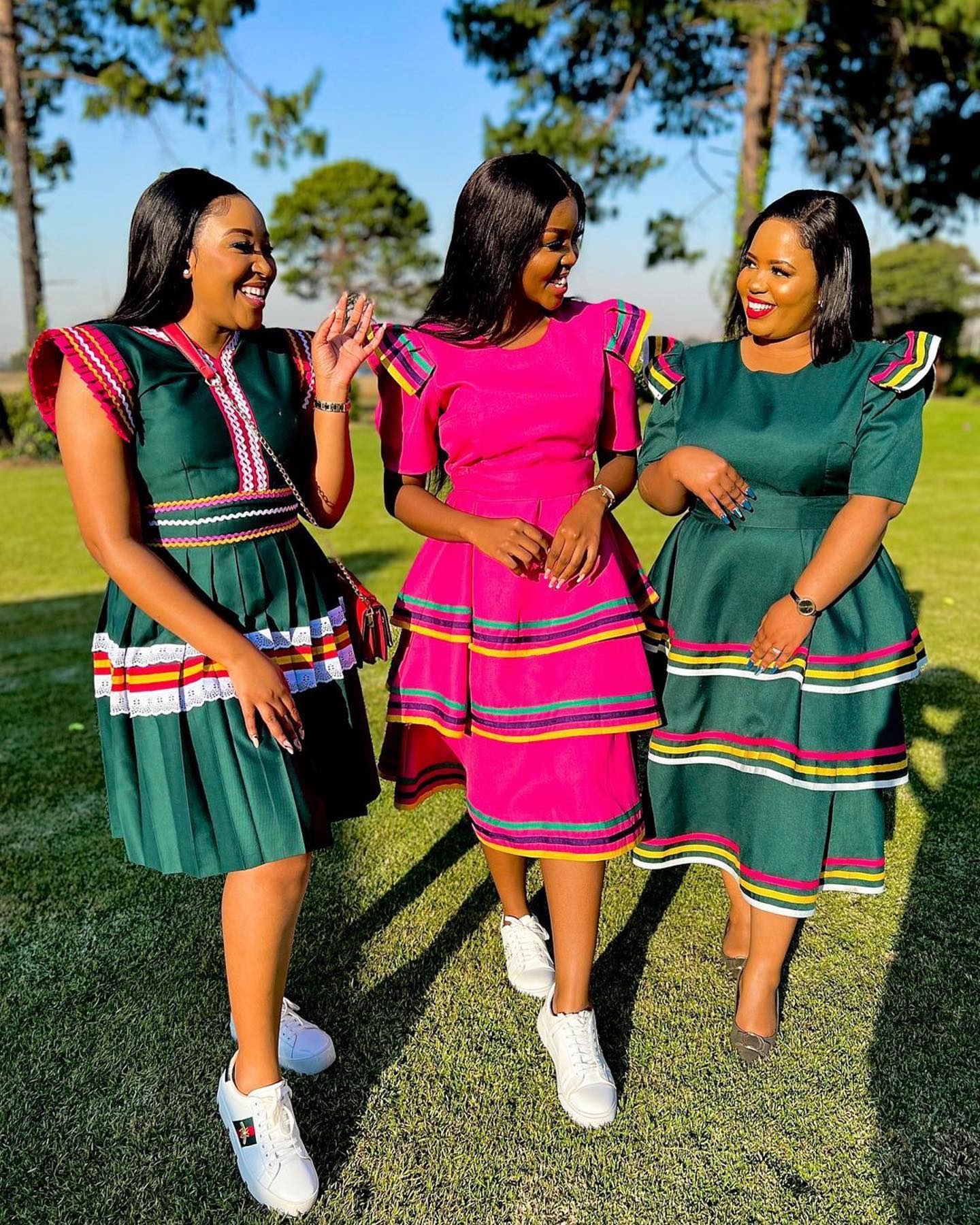
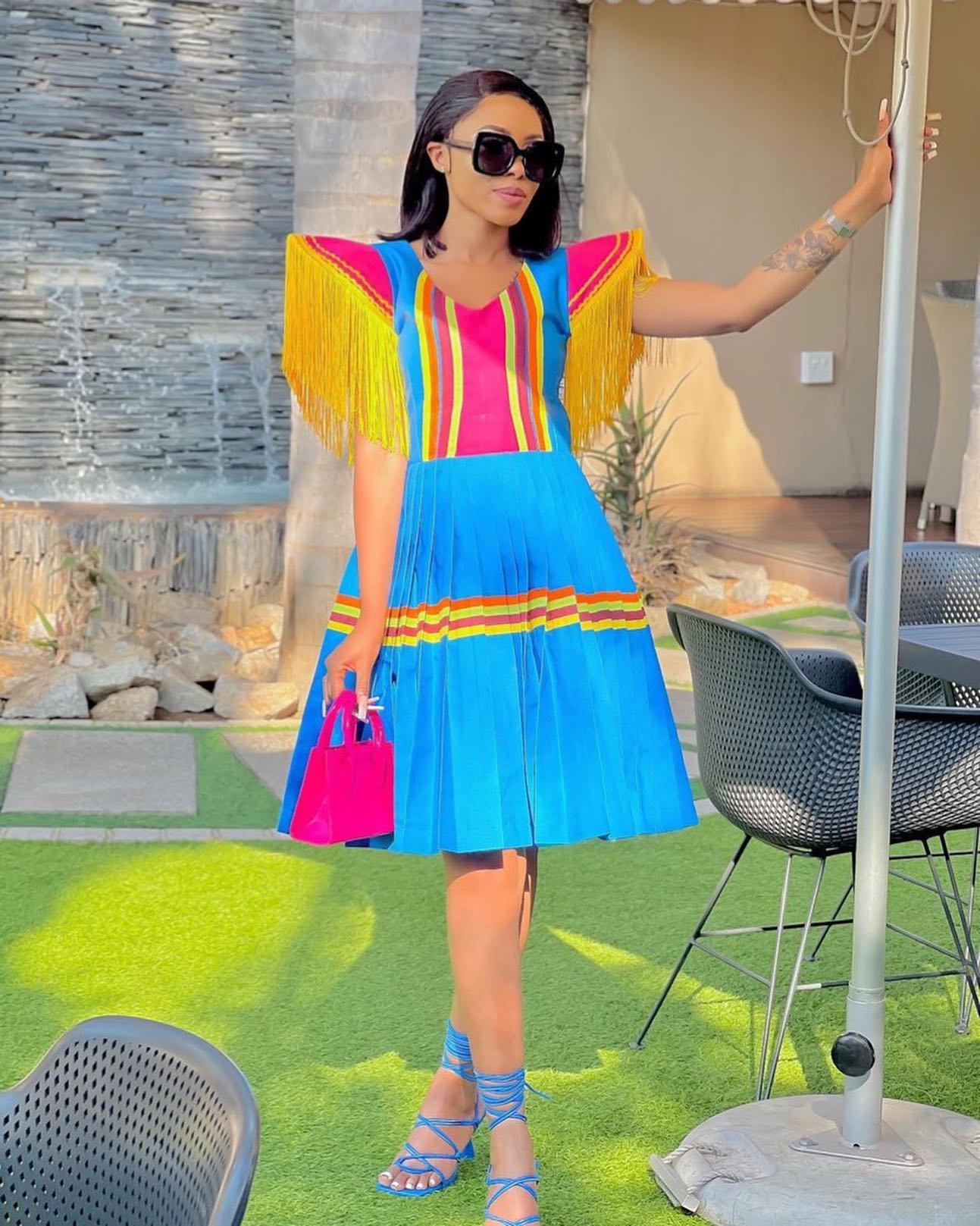
History of Sepedi Traditional Attire
Origins and evolution of Sepedi clothing
Sepedi traditional attire is a reflection of the rich culture and heritage of the Sepedi people, also known as the Pedi or Northern Sotho. The attire has evolved over centuries, influenced by historical and cultural factors.
Traditionally, Sepedi attire was made from animal skins, with different types of furs and hides used to symbolize social status and age. As time went on, the Sepedi people started adopting more textiles and fabrics, incorporating vibrant colors and intricate patterns into their clothing.
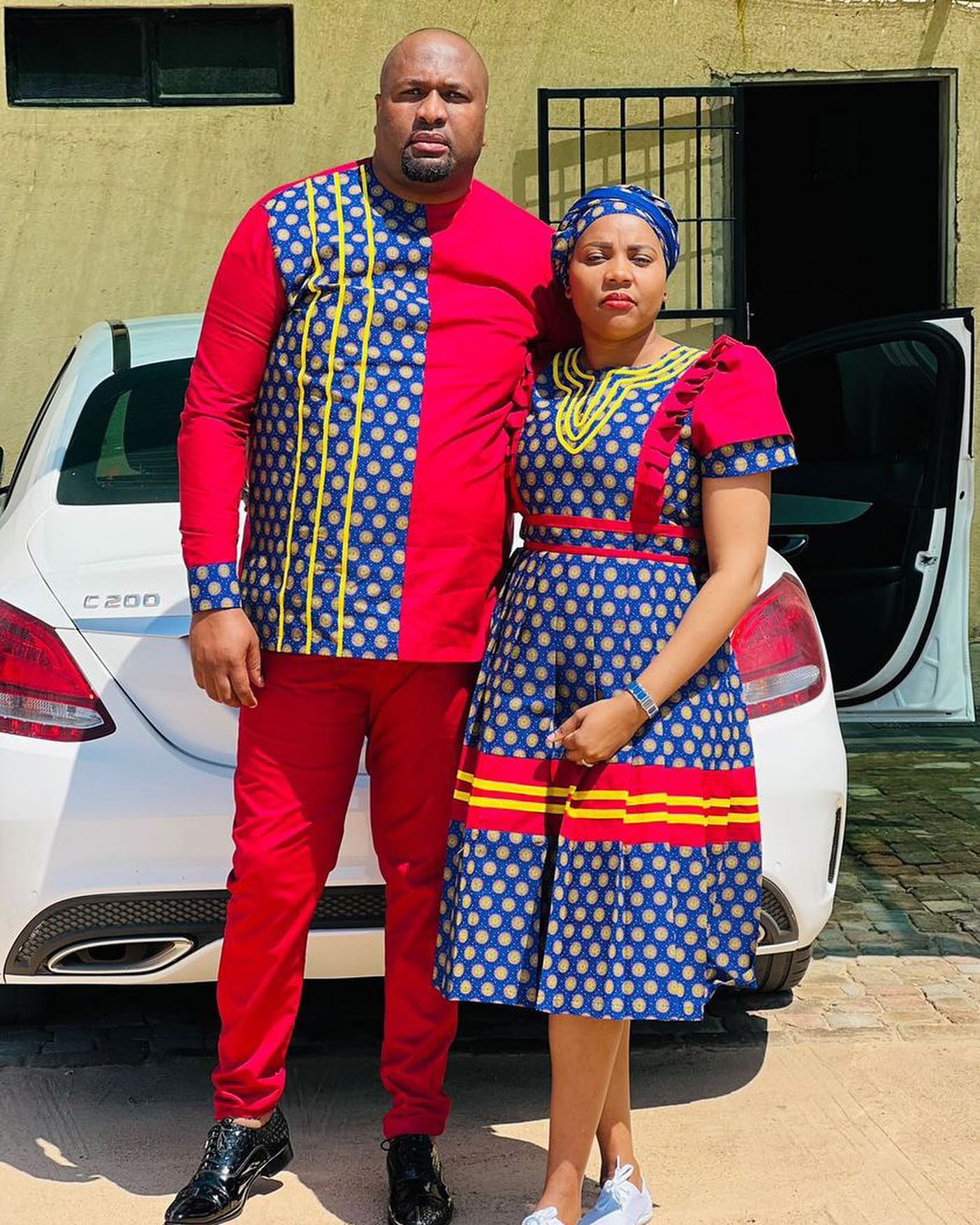
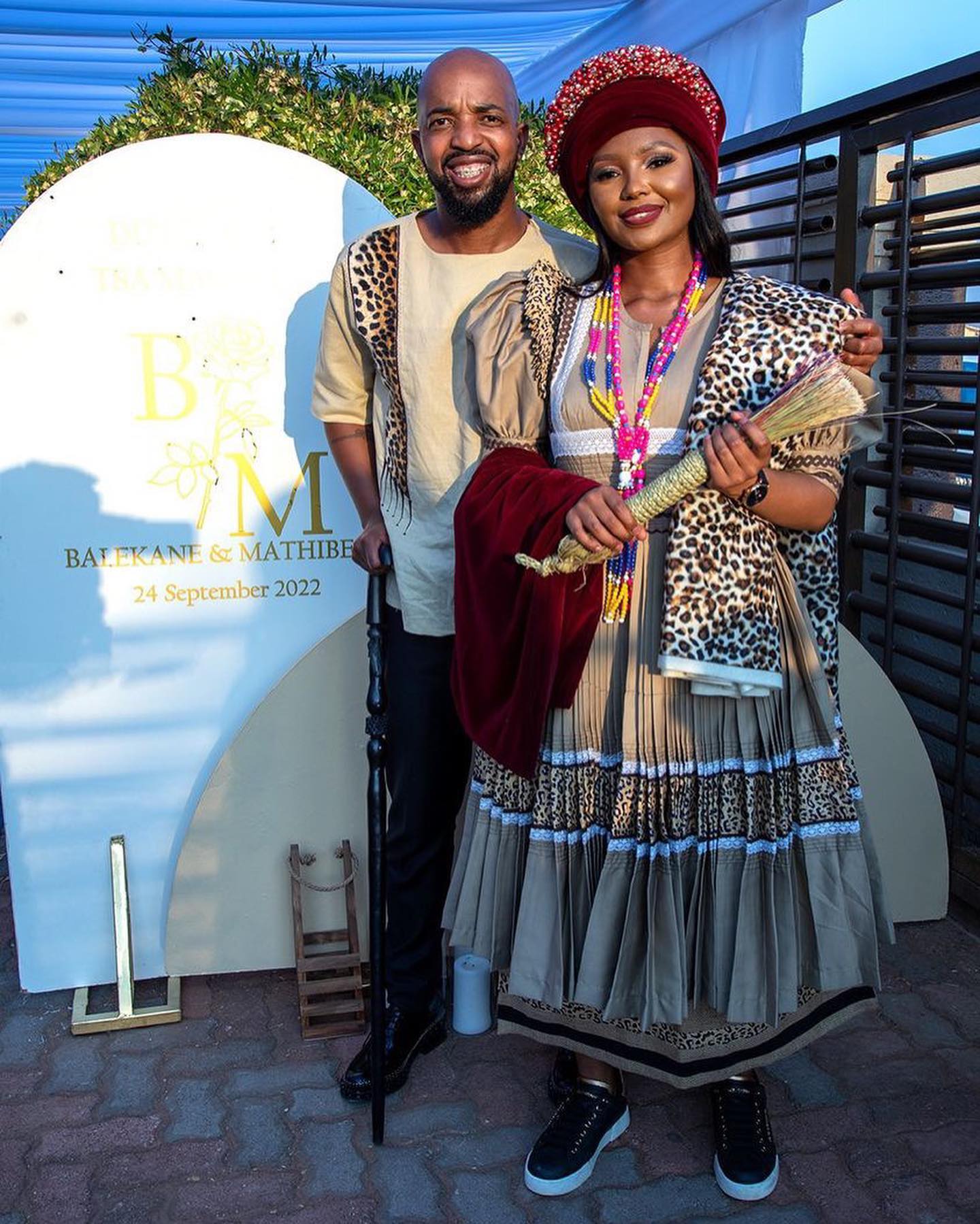
Influence of cultural traditions and customs
Sepedi traditional attire plays a significant role in cultural celebrations and ceremonies. It is worn during important events such as weddings, initiation ceremonies, and traditional festivals. The clothing is not only a form of self-expression but also represents a connection to ancestors and the spiritual realm.
Each piece of Sepedi traditional attire has its symbolic meaning. For example, the “mokorotlo” is a traditional hat worn by married women, symbolizing respect and dignity. The “makgadikgadi” is a wraparound skirt that signifies womanhood and fertility.
In modern times, Sepedi traditional attire has become a source of pride and identity for the Sepedi people. It is often worn with pride to showcase their heritage and preserve their cultural traditions.
Note: The word count includes the headings.
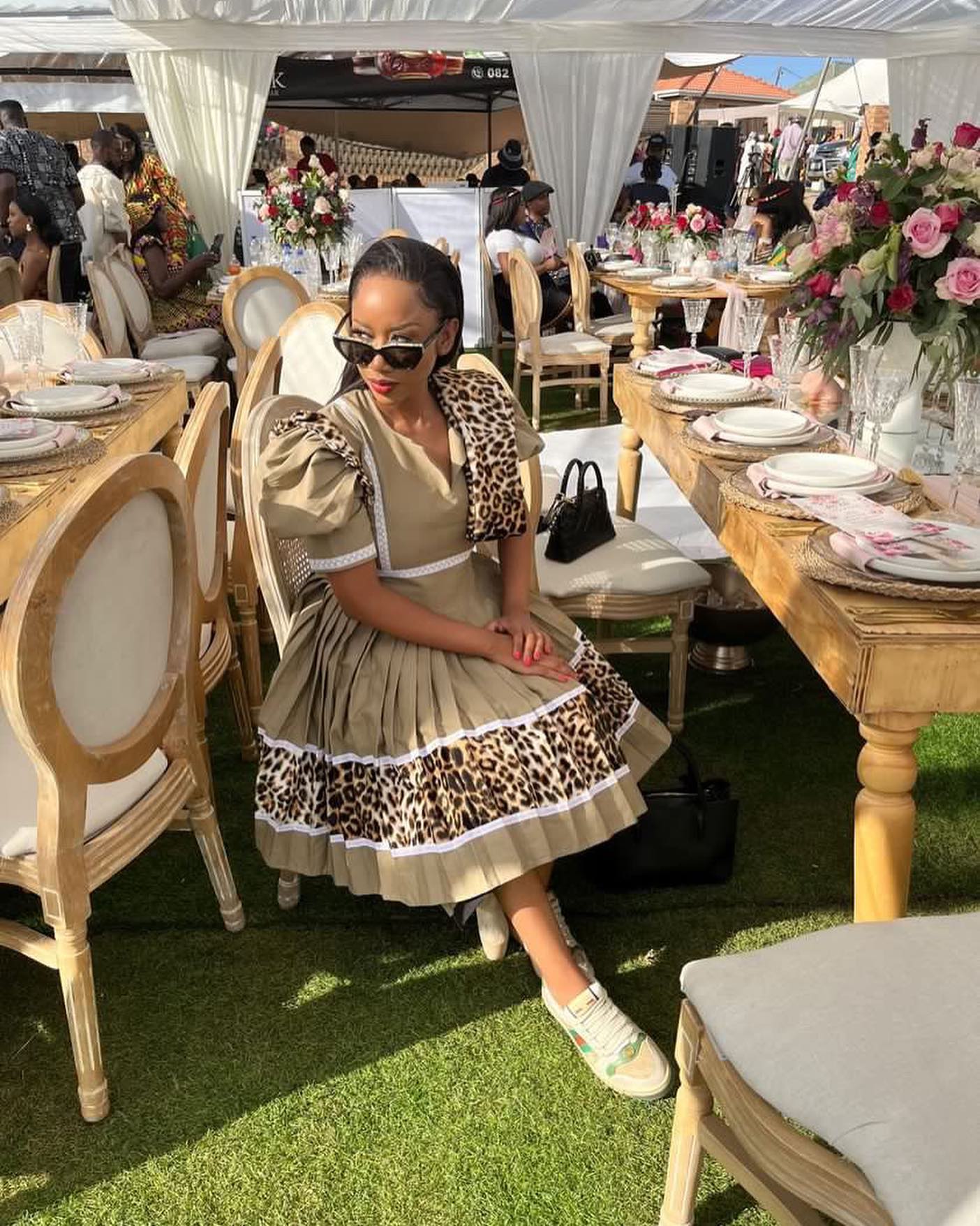
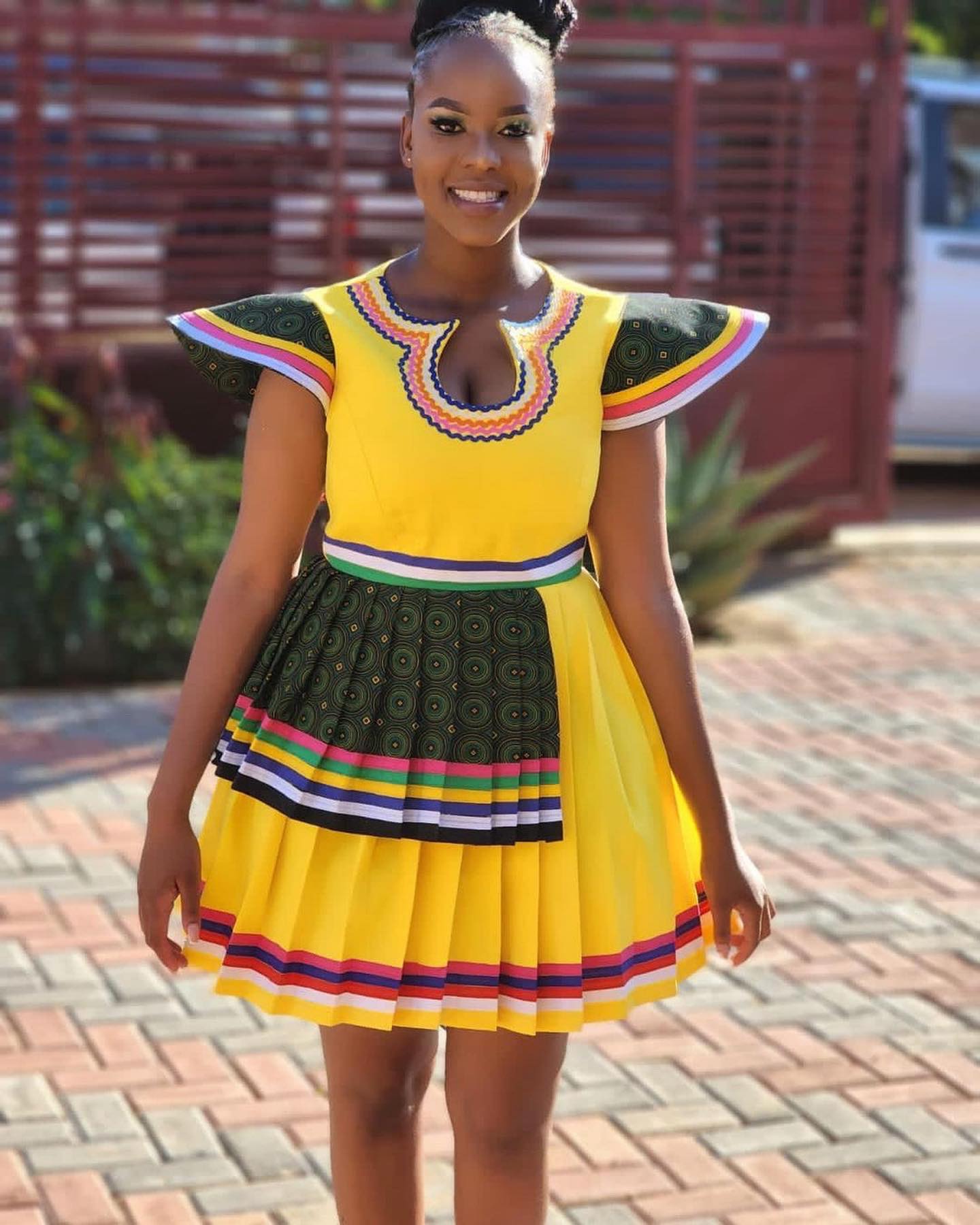
Components of Sepedi Traditional Attire
Traditional headwear and its symbolism
Sepedi traditional attire is characterized by unique and intricate headwear that holds deep cultural significance. The headwear, known as “dipotho” in the Sepedi language, varies in style and design. It is often made from vibrant fabrics, adorned with beads, feathers, and other embellishments. The dipotho represents the wearer’s social status, age, and marital status. For example, married women usually wear a different style of headwear compared to young, unmarried women. It is a symbol of pride, identity, and tradition.
Clothing styles and designs
Sepedi traditional attire for women typically consists of a dress known as “thobane” or “aleti.” These dresses are made from colorful fabrics and feature various patterns and designs, such as geometric shapes and traditional motifs. Men traditionally wear a “khelobedu” or “lebollo” robe accompanied by a beaded belt and accessories. The attire reflects the rich cultural heritage of the Sepedi people and showcases their unique sense of style and fashion.
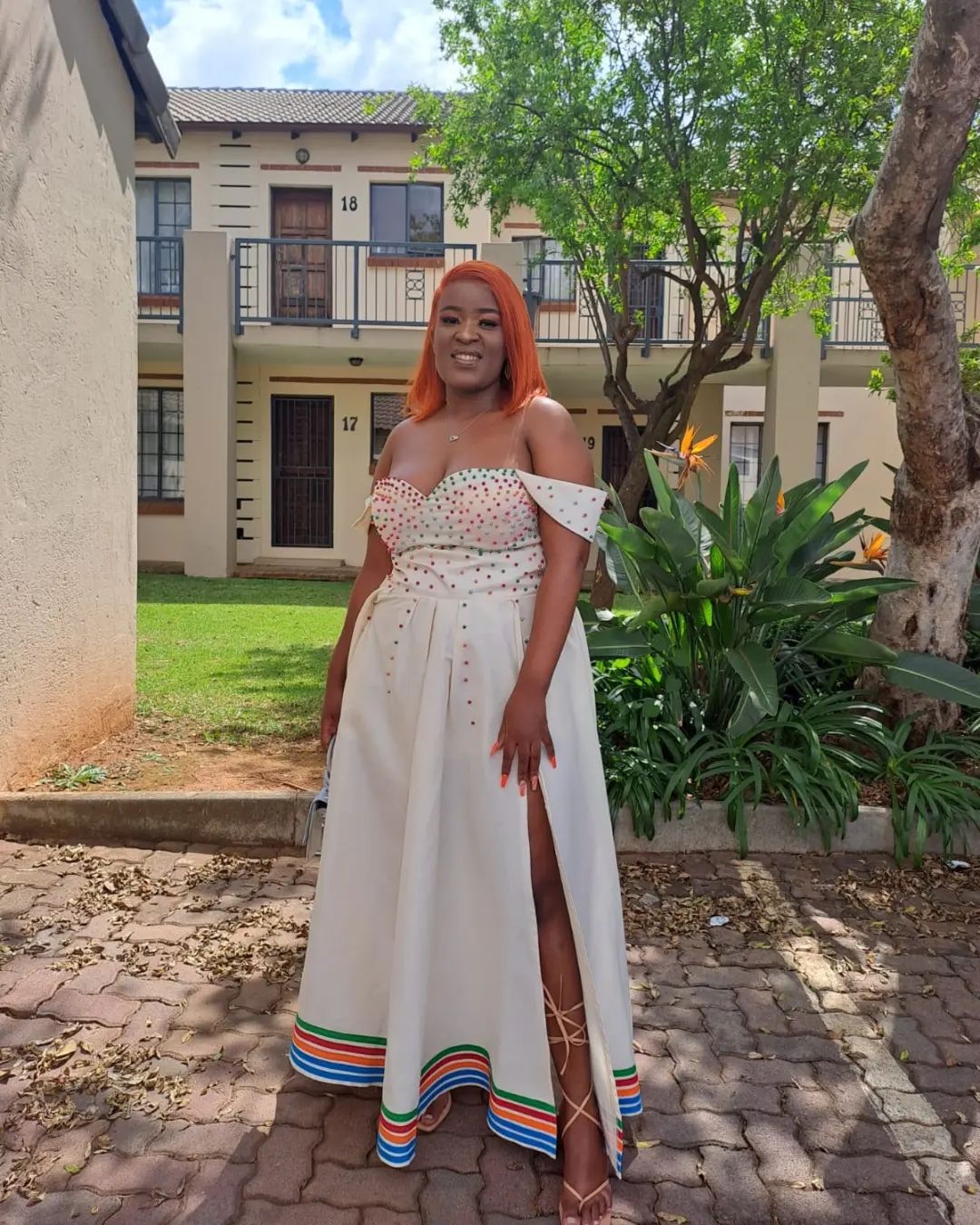
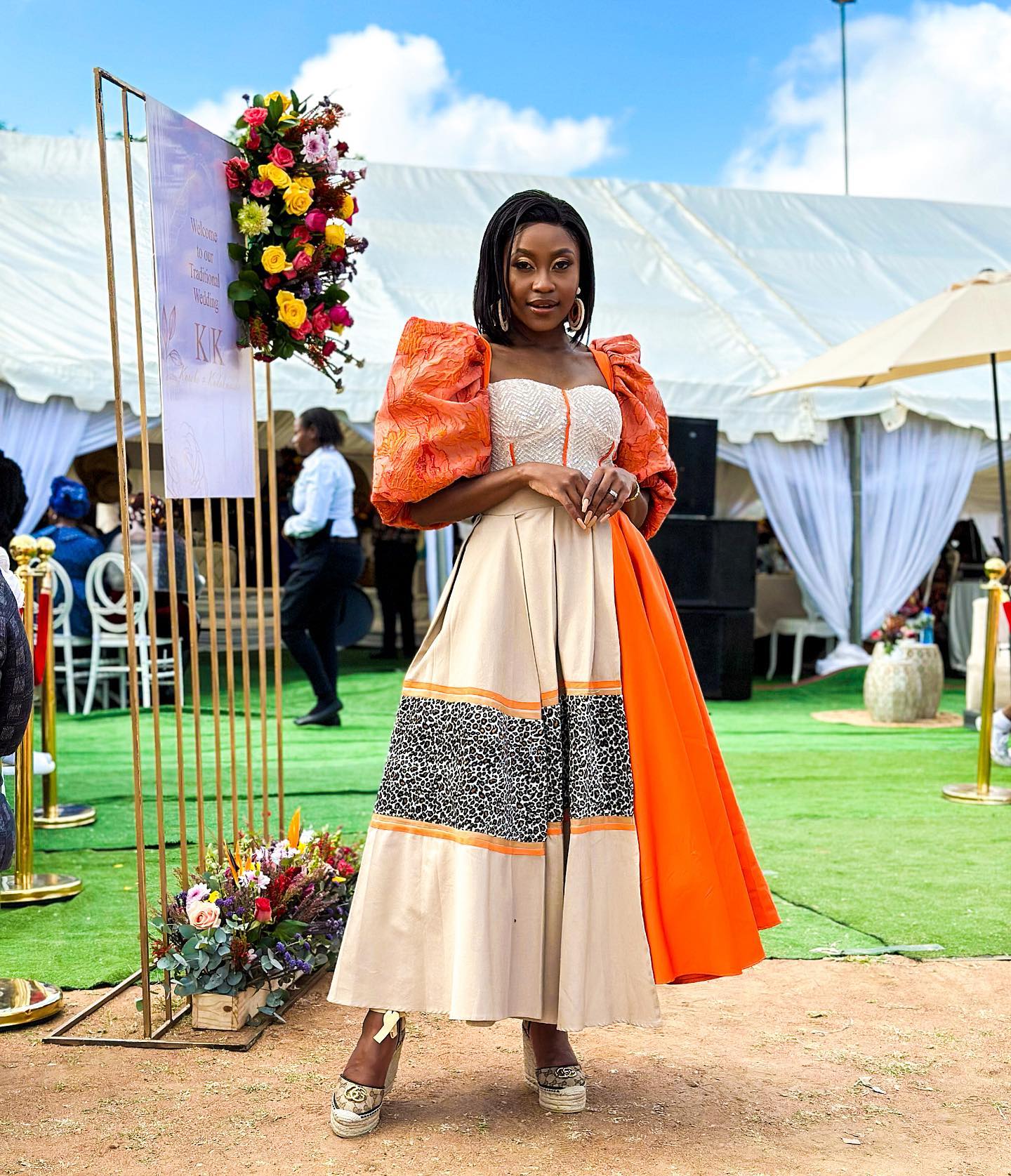
Accessories and their cultural significance
In addition to the clothing, accessories play a crucial role in Sepedi traditional attire. Women often wear beaded necklaces, bracelets, and anklets, which symbolize beauty, femininity, and cultural pride. Men accessorize with hats, often adorned with feathers or fur, as well as beaded belts and walking sticks. These accessories add a touch of elegance and showcase the wearer’s status within the community. They also serve as a way to honor and preserve the cultural heritage of the Sepedi people.
Overall, Sepedi traditional attire serves as a powerful expression of heritage, identity, and cultural pride. It not only reflects the values and traditions of the Sepedi people but also serves as a visual representation of their rich cultural legacy.
Colors and Patterns in Sepedi Traditional Attire
Sepedi traditional attire is a beautiful reflection of the rich cultural heritage and identity of the Pedi people of South Africa. The choice of colors and patterns used in their traditional dress holds deep meaning and significance.
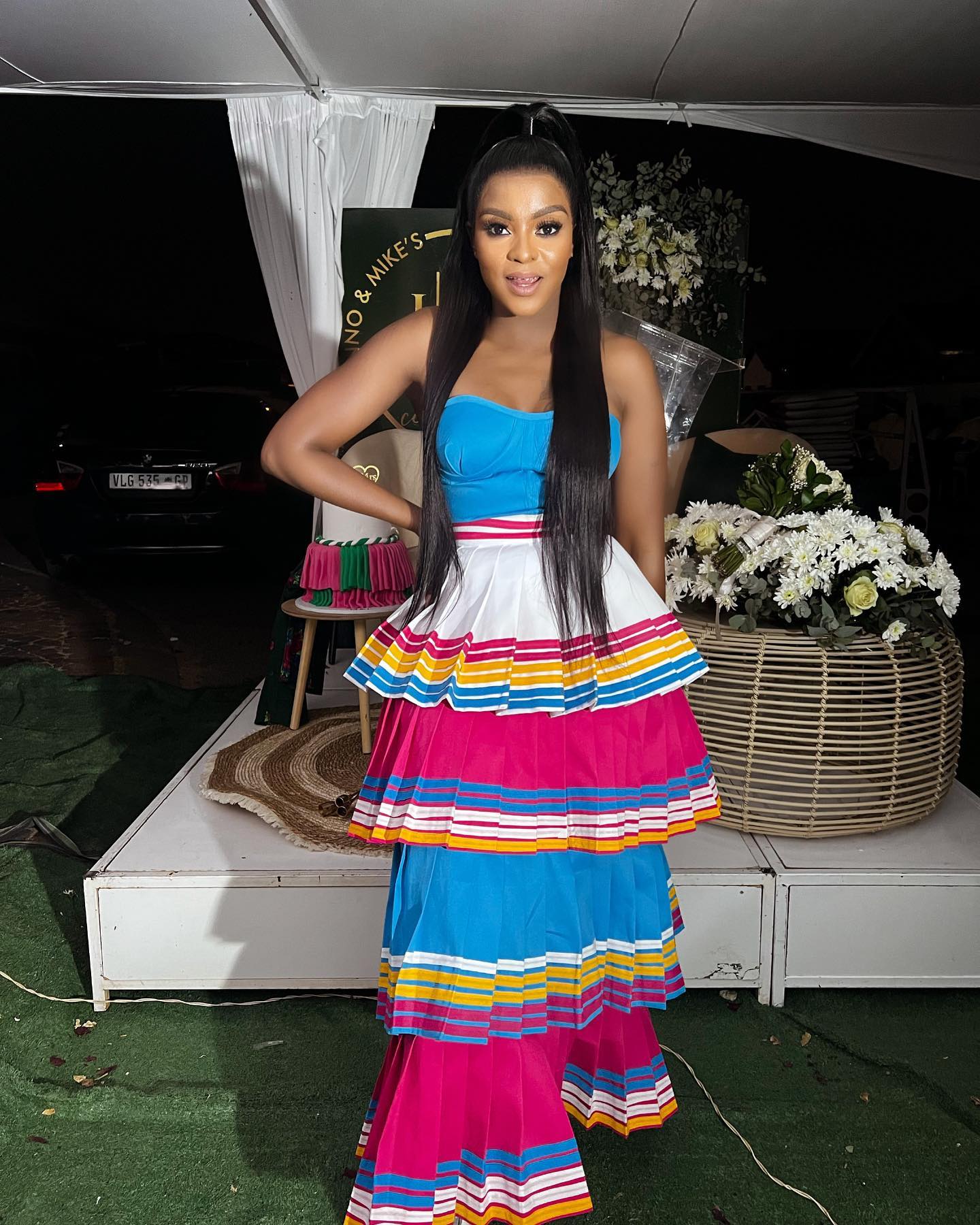
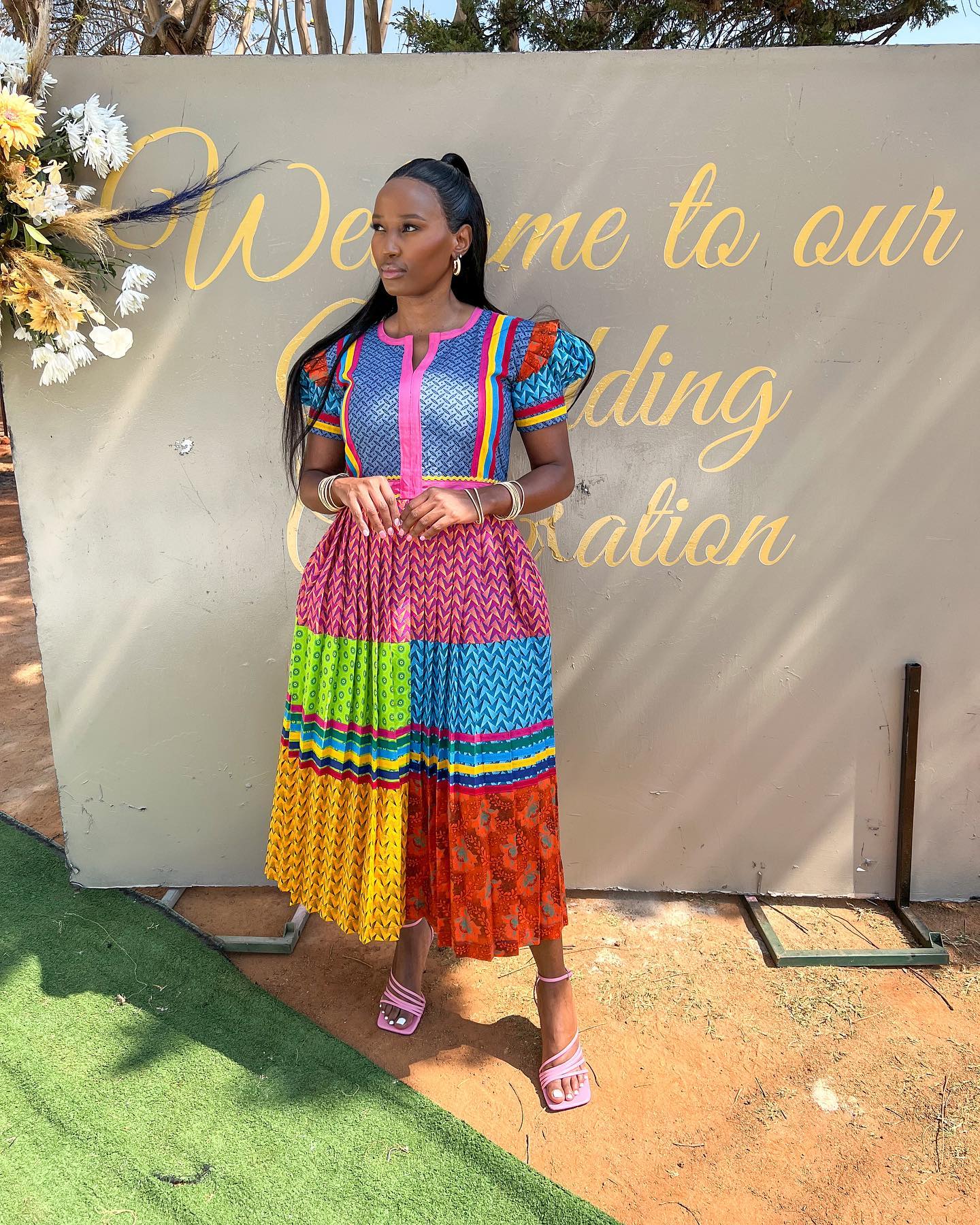
Meaning behind the choice of colors
Each color used in Sepedi traditional attire carries a symbolic meaning. For example:
- Red symbolizes power, passion, and vitality.
- White represents purity, spirituality, and new beginnings.
- Blue signifies peace, harmony, and tranquility.
- Yellow symbolizes wealth, prosperity, and happiness.
These colors are carefully chosen to represent different aspects of life, such as love, spirituality, and success. They also hold historical and cultural significance, connecting the wearers to their ancestors and traditions.
Symbolic patterns and motifs
Sepedi traditional attire is adorned with intricate patterns and motifs that tell stories and symbolize important aspects of the Pedi culture. Some common patterns and motifs used include:
- The “Domba” pattern, which represents the journey from childhood to adulthood.
- The “Letsatsi” pattern, symbolizing the sun and its life-giving power.
- The “Mokgonyane” pattern, which represents unity and togetherness.
These patterns are carefully woven or printed onto the fabric, often using traditional techniques. They serve as a visual representation of the community’s values, beliefs, and shared history.
In conclusion, Sepedi traditional attire is not just clothing; it is a beautiful expression of heritage, identity, and cultural pride. The vibrant colors and meaningful patterns showcase the depth and richness of the Pedi culture, preserving tradition for generations to come.
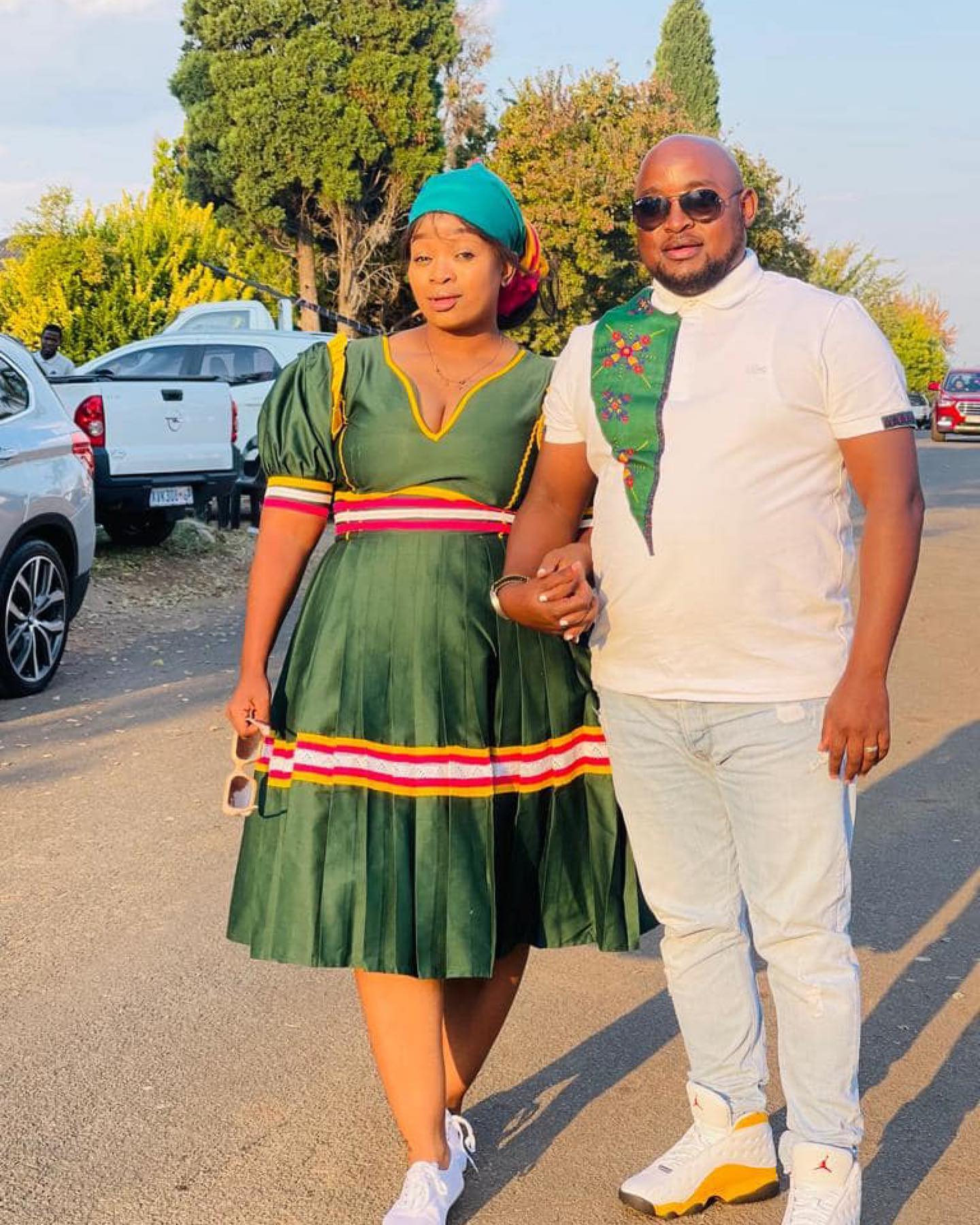
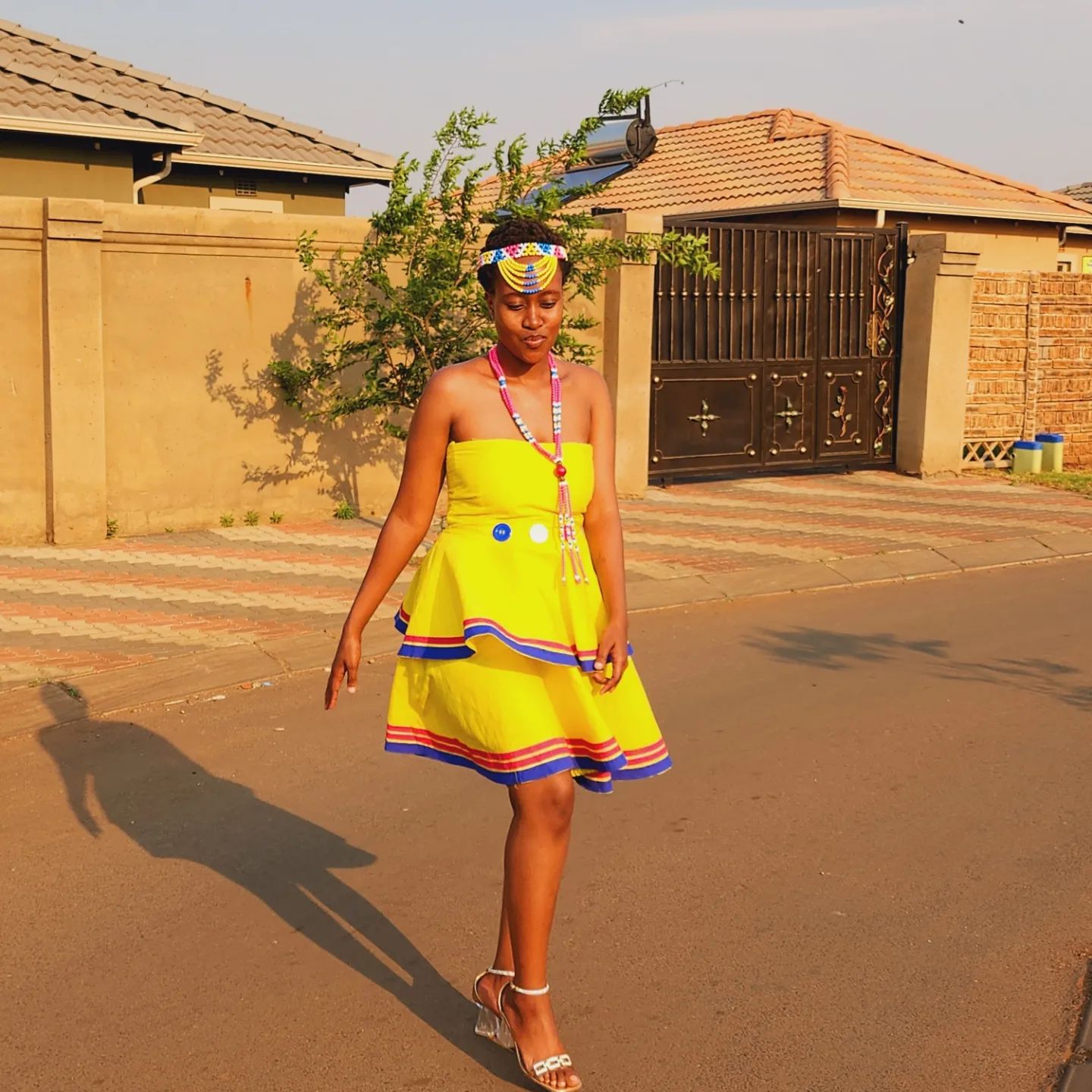
Occasions and Celebrations for Wearing Sepedi Traditional Attire
Sepedi traditional attire is not only a reflection of heritage and identity but also a celebration of culture and customs. Within the Sepedi community, there are many occasions and celebrations where individuals proudly showcase their traditional attire.
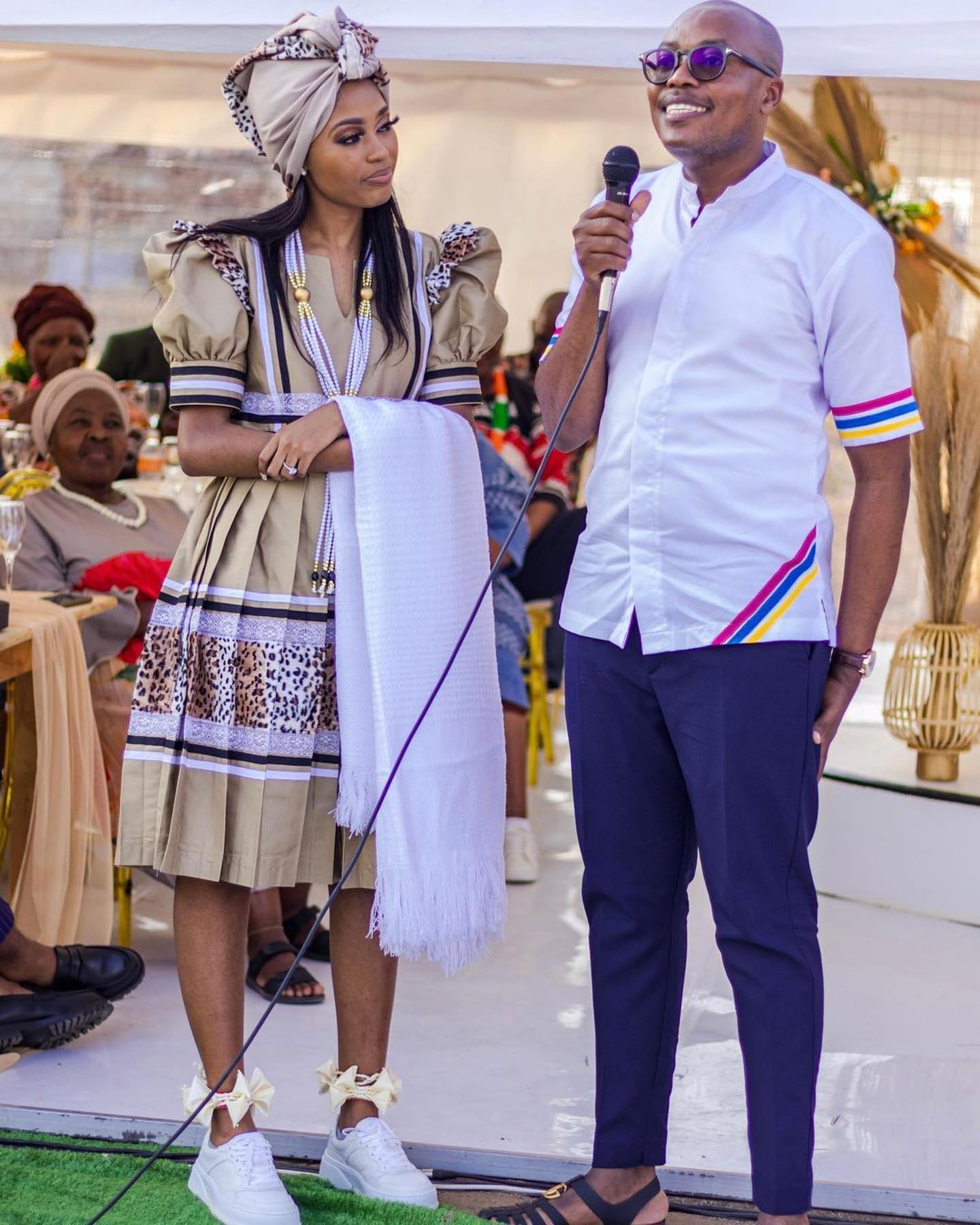
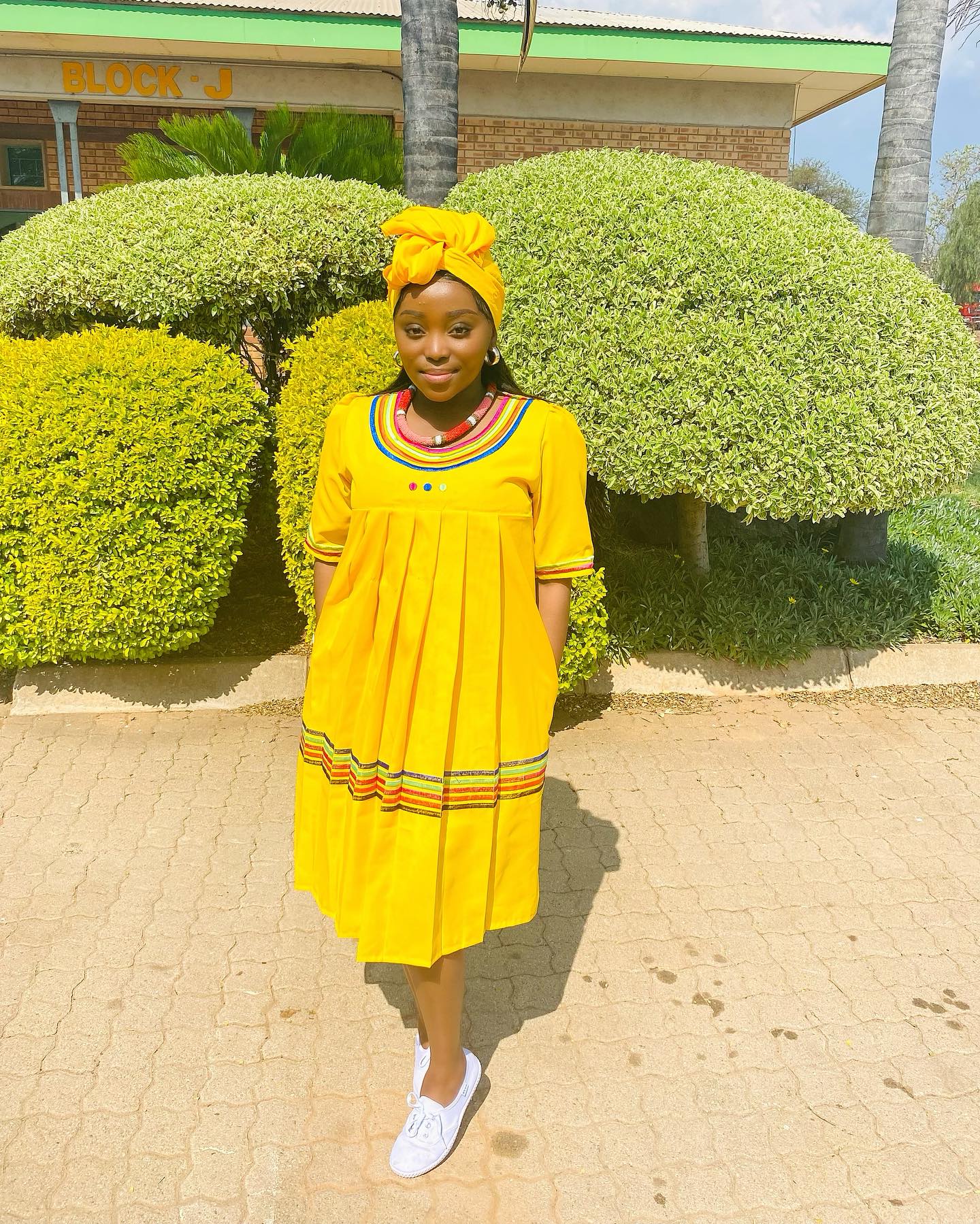
Weddings and engagement ceremonies
One of the most significant events in the Sepedi culture is a wedding or engagement ceremony. During these joyous occasions, both men and women adorn themselves in stunning traditional clothing. Women often wear colorful, intricately designed dresses known as “makoti” or “letoai,” which symbolize purity and beauty. Men, on the other hand, wear tailored suits made from traditional fabric such as “Bogobe ya kgomo.” These attire choices not only demonstrate respect for cultural customs but also showcase the richness and vibrancy of the Sepedi heritage.
Whether it’s a wedding, engagement, or any other celebration, wearing Sepedi traditional attire is a way to honor and preserve the culture and history of the Sepedi people. It serves as a visual representation of their unique identity and is a source of pride for the community. By embracing and wearing Sepedi traditional attire, individuals can keep their heritage alive and pass it on to future generations.
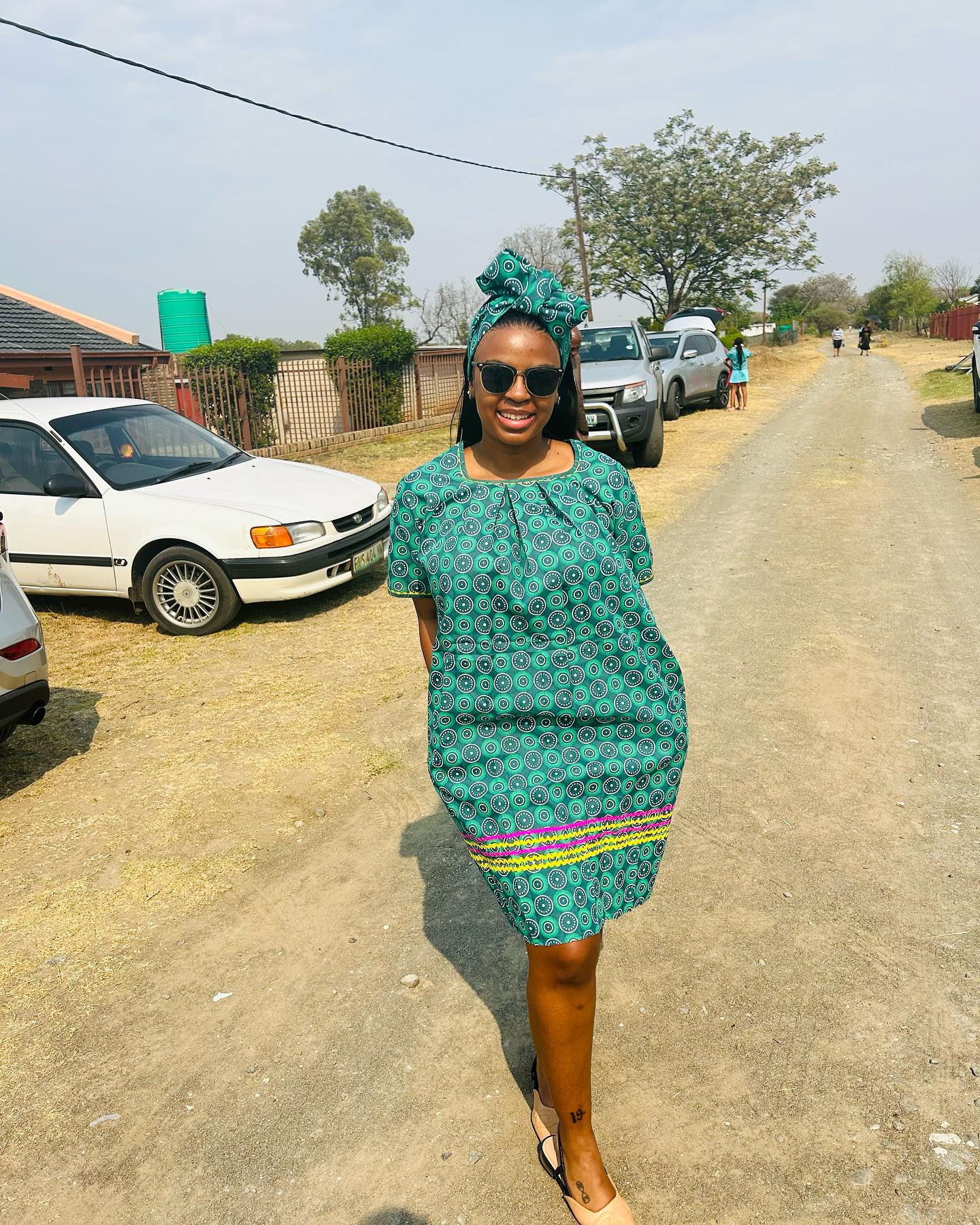
Comments are closed.